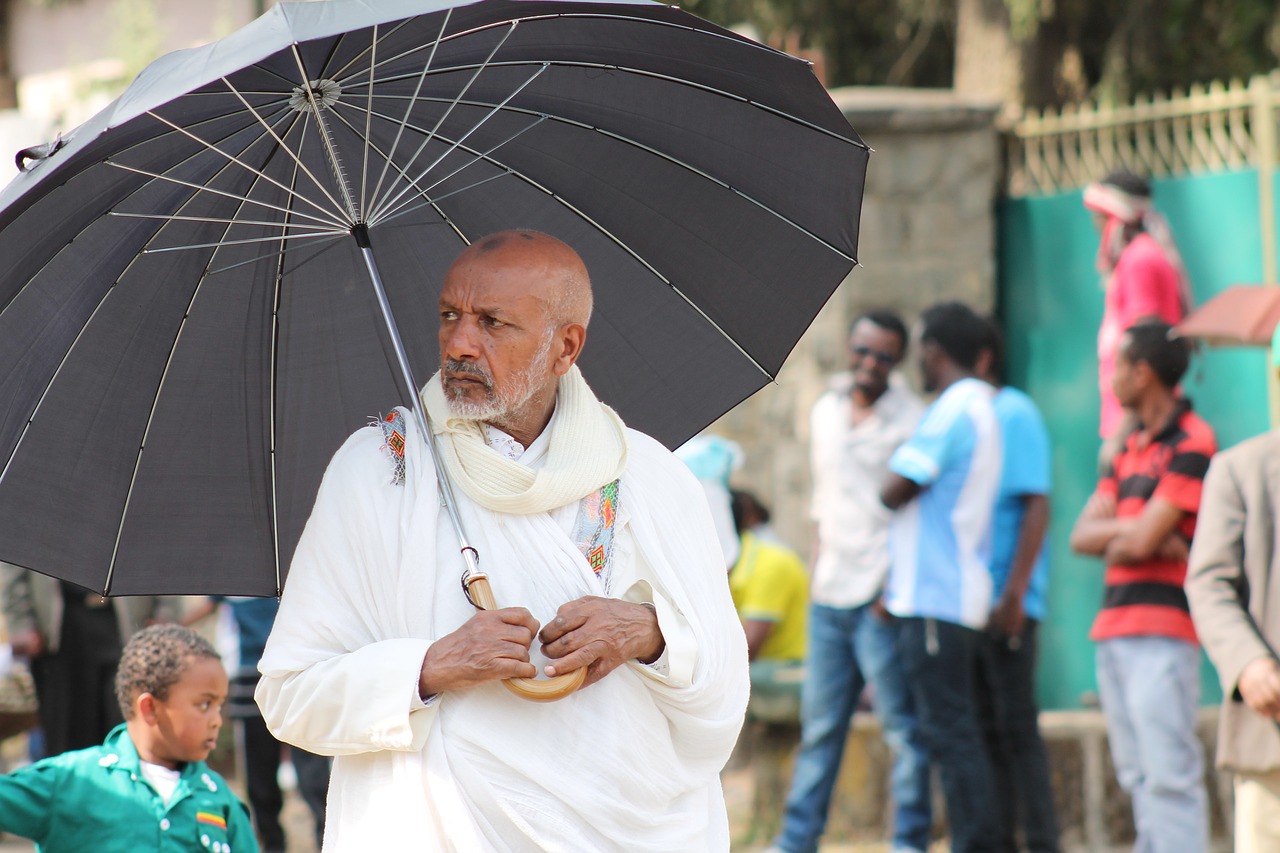
Ethiopia, amidst significant political and economic challenges, is forging a new diplomatic strategy to secure access to the Red Sea through an agreement with Somaliland and explore integration into BRICS, according to an editorial in The Reporter. By forming alliances with countries like India and the United Arab Emirates within BRICS, Ethiopia aims to navigate its troubled regional context.
From both Ethiopia’s and BRICS’s perspectives, this integration presents a mutually beneficial opportunity. Geopolitical actors in the region are keenly aware of the advantages it offers.
The inclusion of Ethiopia in BRICS strengthens the group’s presence in the Red Sea, a crucial maritime axis for global trade. Before the Covid-19 pandemic, the Red Sea accounted for six percent of global oil transport, attracting interest from BRICS founding members China, India, and Russia.
Ethiopia gains privileged access to the Red Sea through its agreement with Somaliland, facilitated by the UAE, also a BRICS member. The Emirati port giant DP World operates the port of Berbera in Somaliland. Ethiopia’s strategic position at the entrance of the Bab el Mandeb strait, through which 15 percent of global traffic passes, enhances this arrangement.
BRICS expansion amplifies the group’s demographic and economic weight, now representing 36 percent of global GDP and 46 percent of the world’s population. BRICS also holds substantial influence in the oil sector, accounting for 54 percent of global fossil fuel production, and in agriculture, with member countries contributing to 23 percent of global production. Ethiopia’s integration into BRICS will further strengthen these dynamics, given its status as the world’s fifth-largest coffee producer and significant exporter.
Read more: Ethiopia and Brazil face pressure to quit BRICS amid fears of US backlash

